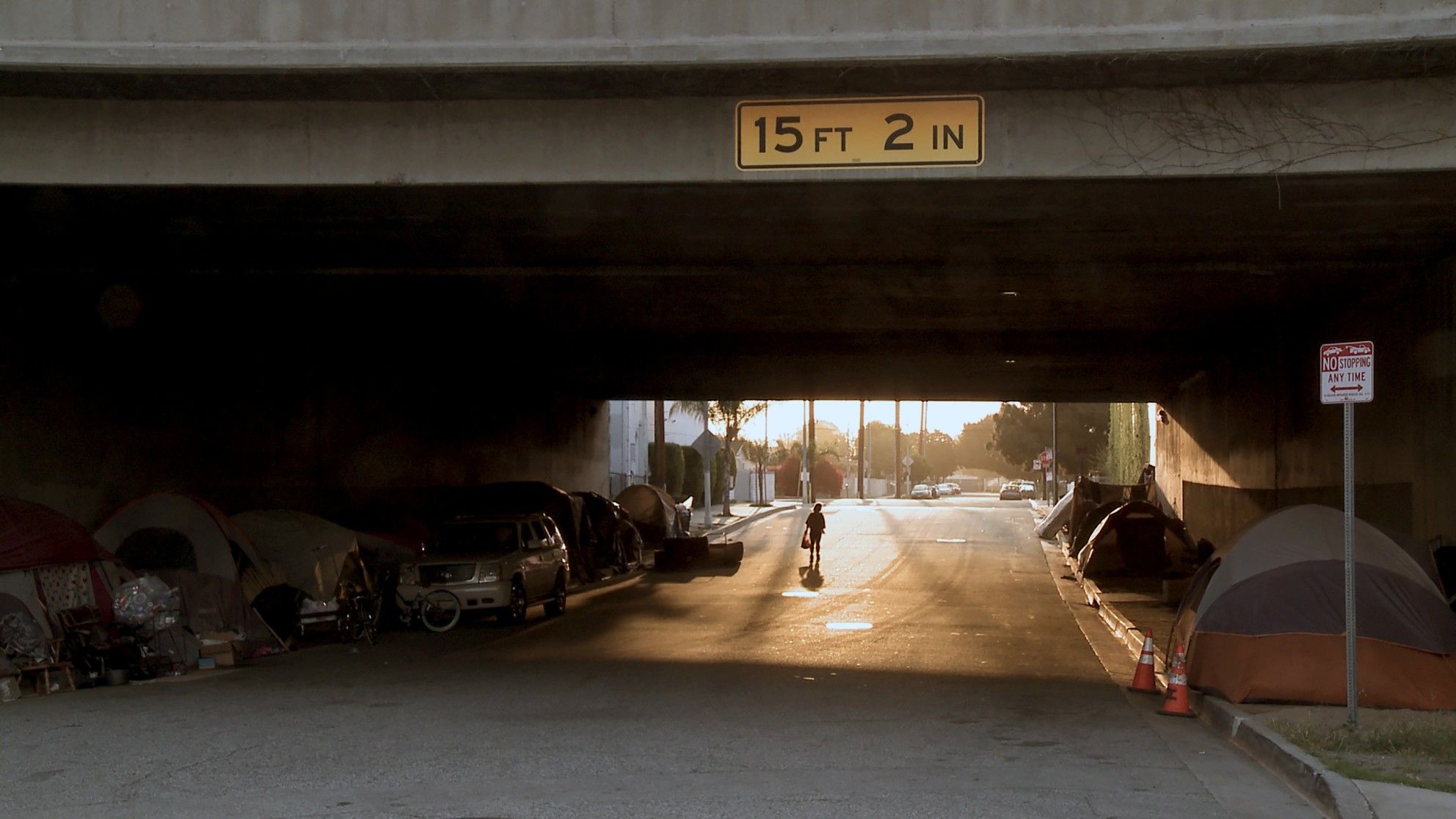London Film Festival 2022: 'The United States of America' Review

Originally published on 31/10/22 for the UCL Film & TV Society's Journal
“I have a very simple definition of an artist. The artist is someone who pays attention and reports back.”
In his remake (though reinterpretation may be a more fitting term) of his cross-country tone poem The United States of America 50 years after the first iteration, James Benning seems to be drawn more to clouds than anything distinguishing contemporary America from the America of 1975. Coming from the experimental icon behind Ten Skies, such fascination with the nigh-immaterial is hardly surprising- what distinguishes it, however, is that these skies are not merely entities of the natural environment, floating wordlessly above us to be marvelled at. These skies are rooted in the geography of the locations they float over, as is evident in the title cards that precede each of the 50 shots comprising The United States of America (2022). In Benning’s audiovisual diary of the American landscape, we are rendered transient observers, moving from town to town with the energy of an especially judicious tourist. The transitory nature of every shot necessitates the observation of not the multitude of movements that Ten Skies allows for, nor does it extricate the sinister melancholia of Landscape Suicide. Instead, it is not so much what is on display as much as what Benning excludes from an ostensible national tapestry that communicates the weight of history behind his images. Perhaps even the contextualization of The United States of America as part of Benning’s oeuvre is a misstep, since it is a film that demands of the viewer reception of these images on their own terms.
Something rendered apparent in the first few frames of Benning’s film is a willful, even irreverent, rejection of the notion that a country is composed of its people. Indeed, the film features so few bodies, human or animal, that every town featured in the film seems a ghost town. A decrepit gas station, rusting and falling apart at the seams, stands amongst rolling clouds of dust- these are the ruins of American empire, abandoned and left as mere totems. The seeming absence of any phenomenological imposition, however, refuses to elevate these locations to mythical status. They dot the landscapes in much the same way as the rock formations superimposed against the skies of Utah. These images are not alone, however- the spectre of industrial proliferation casts a long shadow over the film, with almost every frame being punctuated by the clash of metal or the laboured whirr of an engine. Whether these sounds are at odds with or inextricably embedded within the film’s images is never entirely apparent, but their appearance suggests a dissolving of now-arbitrary borders between the untouched Natural and the eternally poisoned Industrial. During a segment shot (ostensibly) in Vermont, steady snowfall is punctuated by the whirr of an offscreen machine, a suggestion of artificiality that draws attention to the almost symbiotic relationships established onscreen. Against the backdrop of an orange-hued horizon, two oil drilling rigs are superimposed- as with most of the film’s images, their inherent simplicity invites the audience to stumble over themselves in projecting “meaning” onto observation of the everyday, simply because of the tendency of the American national consciousness to overestimate itself (which, as a postscript note in the credits demonstrates, is something Benning is well aware of). Even then, however, it is difficult to not see an element of the primordial, with the metal beams and shrill creak of the rig recalling an ancient beast, feeding off of the ground. The fact that such readings seem to be at a disconnect with Benning’s stylistic modesty and reluctance to capture the conventionally beautiful introduces a series of contradictions, some of which are answered, whilst those left unanswered remain not frustratingly open but calculatedly unanswered- throughout the film, these ellipses raise the question of not just who bears the responsibility of representing America, but whether any form of holistic representation is even possible.
The questions left unanswered, however, are compensated in equal terms by Benning’s assertiveness in constructing an answer to the question of the history hidden behind the ochre hills. In the aforementioned segment depicting rock formations in Utah, a testimony to the carnage wreaked on Indigenous Americans by the American imperial engine under the fascistic pretence of Manifest Destiny is declared in the form of a voiceover. This dialectic between the majesty of image and the challenge posed to it by the undeniable echoes of sound is something Benning employs to increasingly piercing effect, maximizing its potency in juxtaposing a shot of a cotton field in Mississippi with an interview excerpt featuring Stokely Carmichael, in which he asserts that if “one Black man is touched, every Black man will rise up and let them know they’re not gonna tolerate it”– to the apparent incredulity of his interviewer. “Riots?” No- “rebellions”. The wide-open expanses are therefore contextualized as fields of terror, consistently undermining any attempt to derive beauty from a legacy of exploitation. The immediacy with which the film rushes from these compositions, refusing the opportunity to linger, once again establishes a contradiction within what it appears to depict and what is attempting to break through the epidermis of pretty landscapes- it is a window into the America of the unseen, of “flyover country”, of the abandoned, and yet it pointedly undermines the suggestion that it could ever truly accomplish this by rendering every space a transitory one. Of course, any portrait of a contemporary America would be incomplete without deliberating upon its relations with the nations surrounding it, which is where Benning’s commentary takes on an acerbic quality- a shot of an empty Puerto Rican street carries with it a multitude of tenuous political implications, recalling the hubristic American tendency to represent the territories on its periphery as poverty-stricken, and yet asserting its right to claim U.S commonwealth territories like Puerto Rico for itself, amalgamating it into yet another decaying American state.
For all its formal austerity as a distillation of structuralist filmmaking to its bare essentials, The United States of America is not without a sense of irony. In incorporating a soundtrack composed of immediately recognizable anthems, Benning pokes and prods at the American Spiritus Mundi to see if any recognizable trace of the America of Easy Rider still persists- in return, there appears to be nothing left but a hollow reverberation, supplanted by a clarity of image that obscures more than it reveals. Take its usage of This Land Is Your Land, which was written by Woody Guthrie in response to God Bless America but which seems exhausted of meaning in the film. Towards its end, an Alicia Keys cover of Imagine meekly proposes a flimsy unification of the disparate peoples of America over an equally flimsy image of a dilapidated parking lot in Milwaukee. A sudden cut to the final state, Wyoming, acts as a resounding reminder of the foundation all of the preceding 49 shots rest upon: a fence capped by barbed wire over a stormy grey sky. What good is a documentation of America, Benning suggests, if none of its people are within the frame because they’ve been sequestered away behind the iron curtain of mass incarceration? Ending the film with a grand pulling of the rug, a post-credits caption lists the myriad locations the film was shot in, only to reveal that each and every one of them was within California. An audience may feel as if, not unlike tourists, they have been cheated out of a view into a “real” America, rooted in naturalism and a rural ethic, but what Benning seems to assert is that such a film could never really exist, instead choosing to interrogate such entitlement through subversion cloaked in simplicity.
